Braids have been a popular hairstyle for centuries, with evidence of their existence dating back to 3500 BC. From simple cornrows to intricate designs, braids have evolved and become a staple in the beauty and fashion industry. In recent years, knotless braids and box braids have gained immense popularity, thanks to celebrities and influencers sporting these styles. Both braiding techniques offer a unique look and have their own set of benefits.

However, with so many options available, it can be challenging to decide which style is best suited for you. In this article, we will explore the differences between knotless braids and box braids, in terms of aesthetics, maintenance, and overall impact on hair health. By the end, you will have a better understanding of these two braiding methods and what to consider when choosing between them. So, let’s dive in and unravel the debate of knotless braids vs box braids.
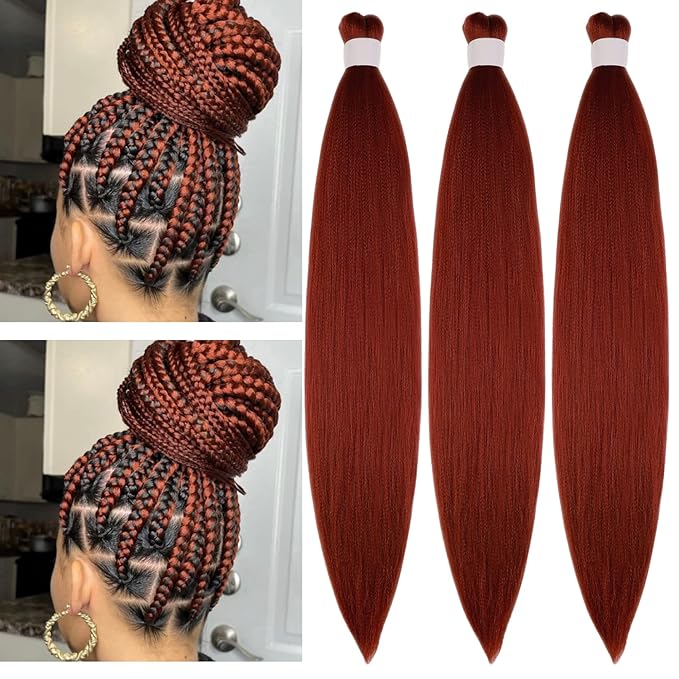
Click Here To Buy Braiding Hair
Choosing between knotless braids and box braids can be tricky. While both offer protective styles and versatility, they have key differences in appearance, installation, and care. Let’s explore 15 examples to help you decide:
1.Lightweight and Natural Feel
Lightweight knotless braids offer a more natural feel than box braids. Knotless braids are created without the traditional knot at the base, reducing tension and weight on the scalp. This results in a lighter and more comfortable experience, mimicking the natural flow of hair. In contrast, box braids are typically more structured and can feel heavier due to the knotting technique used in their installation. Knotless braids provide a modern and less burdensome alternative, especially for those seeking a lighter and more natural sensation.
2.Tension-Free Installation
Knotless braids generally have a tension-free installation compared to box braids. The absence of a knot at the base in knotless braids reduces stress on the scalp, minimizing discomfort and potential damage to the hair follicles. This technique allows for a gentler and more comfortable braiding process. On the other hand, box braids involve creating knots at the roots, which may exert more tension on the scalp, potentially causing discomfort or even contributing to breakage in some cases. Knotless braids are often preferred for a more comfortable and tension-free braiding experience.
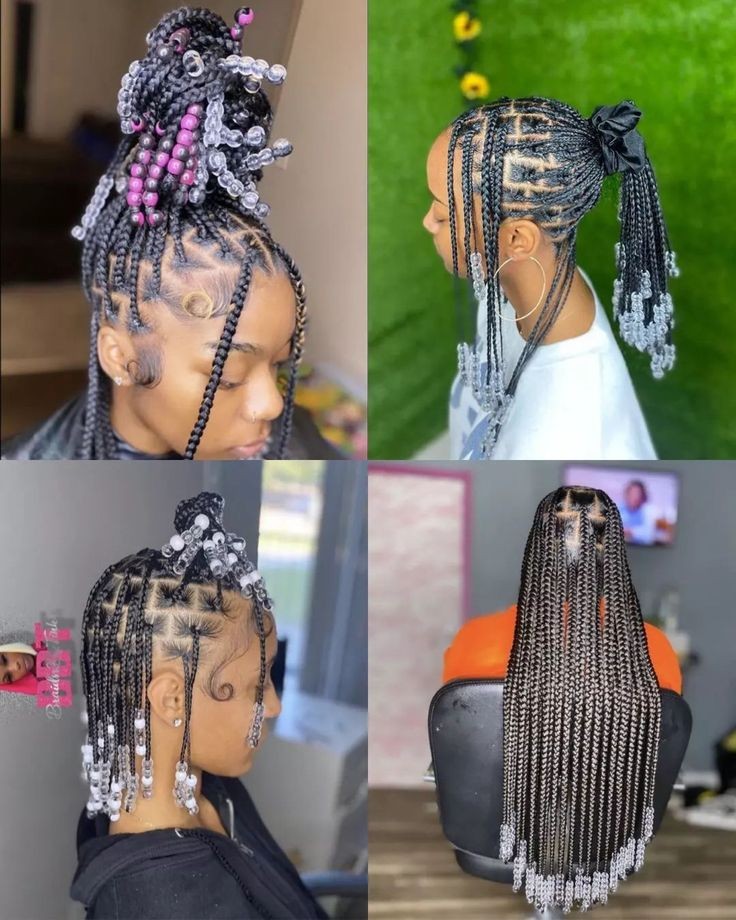
3.Potential for Scalp Tension
Knotless braids generally have lower potential for scalp tension compared to box braids. The absence of knots at the base in knotless braids reduces stress on the scalp, minimizing the risk of tightness and discomfort. This gentler approach is beneficial for those with sensitive scalps or concerns about tension-related issues. In contrast, box braids, which involve creating knots at the roots, may carry a higher potential for scalp tension, leading to discomfort and, in some cases, contributing to hair breakage. Opting for knotless braids can be a preferable choice for a more scalp-friendly braiding experience
4.Scalp-Friendly for Sensitive Skin
Knotless braids are generally considered more scalp-friendly for sensitive skin compared to box braids. The absence of knots at the base in knotless braids reduces tension and potential irritation on the scalp, making it a gentler option. This technique minimizes the risk of discomfort and is often preferred for individuals with sensitive skin. On the other hand, box braids, involving knots at the roots, may have a higher potential for irritation and discomfort, especially for those with sensitive skin. Choosing knotless braids can be a more comfortable and scalp-friendly option for individuals with sensitivity concerns.
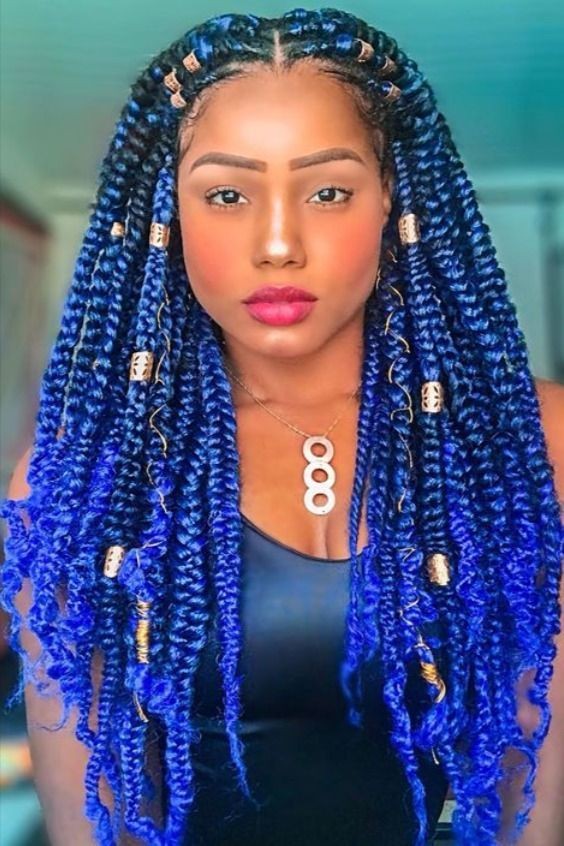
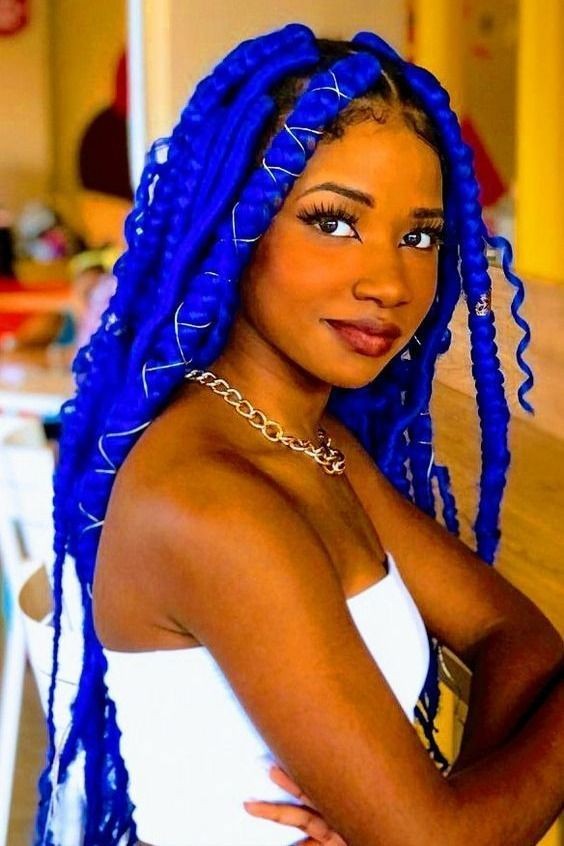


5.Scalp visibility
Knotless braids typically have a more natural and less visible appearance at the scalp compared to box braids. The absence of a knot at the base in knotless braids creates a smoother and seamless transition from the scalp to the braids. This technique allows for a more scalp-friendly and visually appealing result, with the braids appearing to grow directly from the scalp. In contrast, box braids, which involve knots at the roots, may have a more noticeable and structured appearance at the scalp. If a discreet and natural look is desired, knotless braids are often a preferred choice.
6.Parting
Knotless braids typically offer more natural and versatile parting compared to box braids. The absence of knots at the base in knotless braids allows for smoother and less rigid parting, providing a more seamless and natural look. This flexibility in parting can result in various styling options. On the other hand, box braids, with knots at the roots, may have a more structured parting, limiting styling choices. If you prefer the ability to part your hair more freely and create diverse styles, knotless braids are often a preferable option.
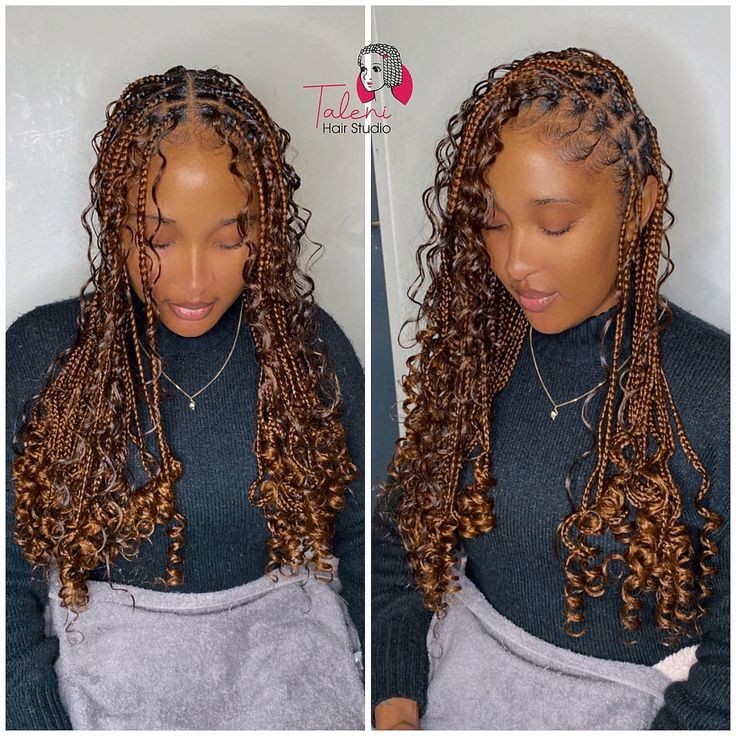
7.Styling
Knotless braids offer more flexibility and versatility in styling compared to box braids. The absence of knots at the base in knotless braids allows for a more natural and seamless appearance, making it easier to create various hairstyles. Whether it’s updos, ponytails, or free-flowing styles, knotless braids provide a more adaptable canvas for styling. In contrast, box braids, with knots at the roots, may limit styling options due to the more structured and defined pattern. If you prioritize the ability to experiment with different looks, knotless braids are often a preferred choice.
8.Tension
Knotless braids generally have less tension compared to box braids. The absence of knots at the base in knotless braids reduces stress on the scalp, making them a more comfortable and lower-tension option. This can be especially beneficial for individuals with sensitive scalps or those concerned about tension-related issues. On the other hand, box braids, involving knots at the roots, may exert more tension on the scalp, potentially causing discomfort or contributing to hair breakage. Opting for knotless braids can provide a gentler and less tension-inducing braiding experience
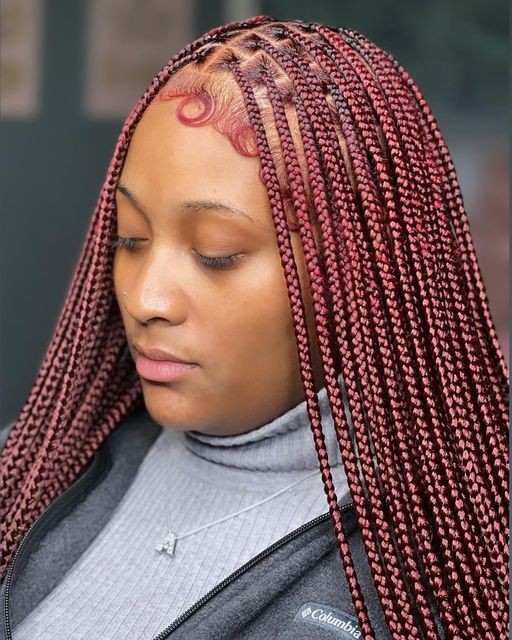



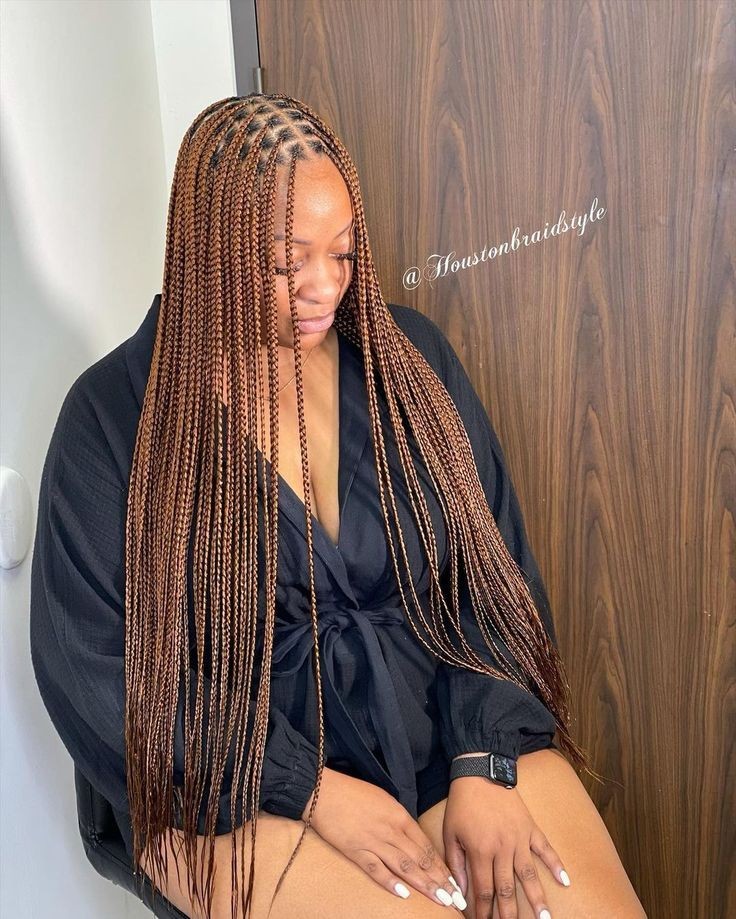



9.Time
The time required for knotless braids is often less than that for box braids. Knotless braids typically involve a simpler and quicker braiding technique since there’s no need to create individual knots at the base of each braid. This can result in a faster installation process. In contrast, box braids, with knots at the roots, may take more time due to the additional steps involved in securing each braid. If time efficiency is a priority, knotless braids are often a preferred choice for a quicker and more straightforward braiding experience.
10.Cost
Knotless braids typically set your wallet back $200-$600, often more expensive due to their intricate technique and longer installation time. Box braids generally fall within the $75-$450 range, often costing less thanks to their quicker application. However, both styles’ prices can still fluctuate depending on factors like location, stylist expertise, hair length, and braid size. Remember, opting for smaller braids in either style usually bumps up the cost!
11.Care
Knotless braids often have easier scalp access for cleansing, lower tension, and require less maintenance due to their natural appearance. Box braids may demand more attention to prevent buildup between knots, involve potential higher tension, and might require additional maintenance to keep the style neat. Care routines should include gentle cleansing, moisturizing, and avoiding excessive tension, tailored to individual hair types and preferences.
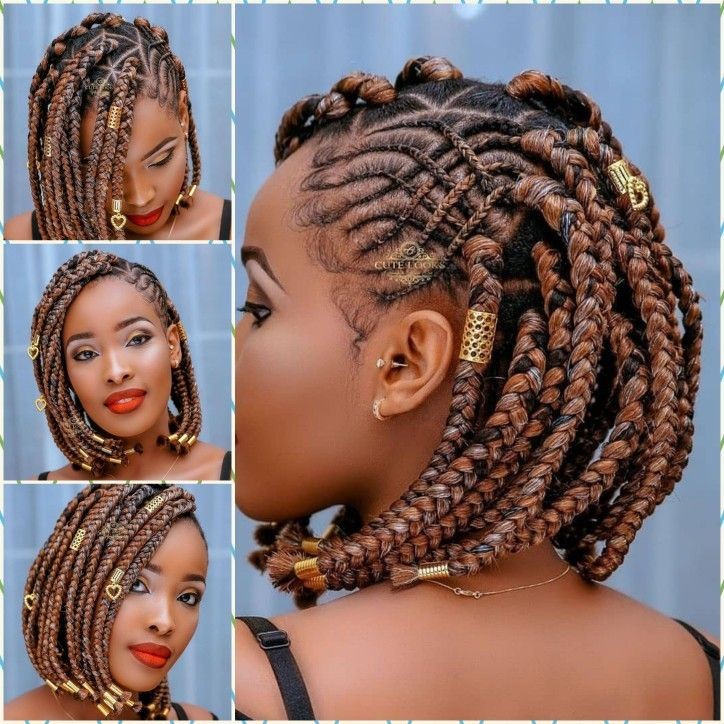

12.Lifespan
The lifespan and care requirements for knotless braids and box braids are generally comparable. Both styles can last 6-8 weeks or longer with proper care. Regular maintenance includes gentle cleansing, moisturizing, and avoiding excessive tension on the braids. However, individual factors like hair type, lifestyle, and how well you care for the braids influence longevity. Knotless braids may have a slight edge in lifespan due to their seamless appearance and potentially lower tension, but both styles benefit from consistent and appropriate care practices to extend their duration
13.Sleeping
For both knotless and box braids, it’s advisable to protect your hair while sleeping. Use a satin or silk scarf or a satin/silk pillowcase to reduce friction and prevent frizz. Consider tying your hair into a loose ponytail or braid before bedtime to minimize tangling. Additionally, using a satin or silk bonnet can help maintain the integrity of the braids. Regularly checking for any unraveling or stress on the roots is crucial for both styles. Consistent nighttime care contributes to preserving the neatness and longevity of both knotless and box braids
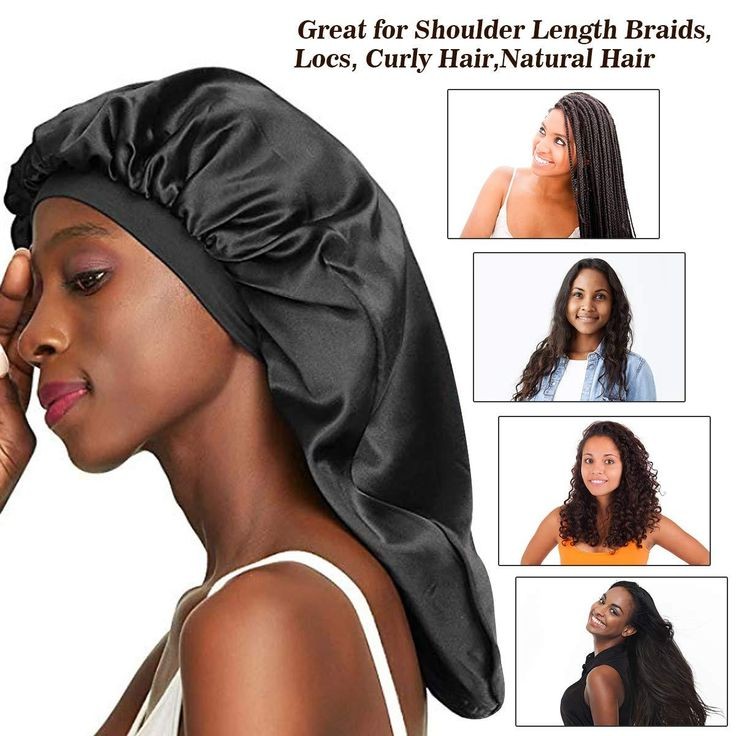

14.Working out
For workouts, knotless braids are often lighter, causing less strain, and their lower tension at the roots enhances comfort. They offer versatility in styling for various exercises. Box braids, though providing structure, may have slightly higher tension, requiring careful monitoring. Personal preference, comfort, and workout intensity influence the choice between knotless and box braids
14.Swimming
For both knotless and box braids while swimming: wet hair before entering, rinse with clean water afterward, apply leave-in conditioner, and air-dry. A swim cap is beneficial for protecting both styles. Knotless braids may have a slight advantage due to their smoother appearance, but proactive care is essential for preserving the integrity of both braiding styles in chlorinated or salty water.
15.Suitability
Knotless braids are suitable for a seamless, lightweight, and versatile style with lower tension, while box braids offer a classic, structured look and can be quicker to install. Choose knotless for a natural appearance and diverse styling, and box braids for a traditional, defined look. The choice depends on personal preference, desired aesthetics, and hair type.
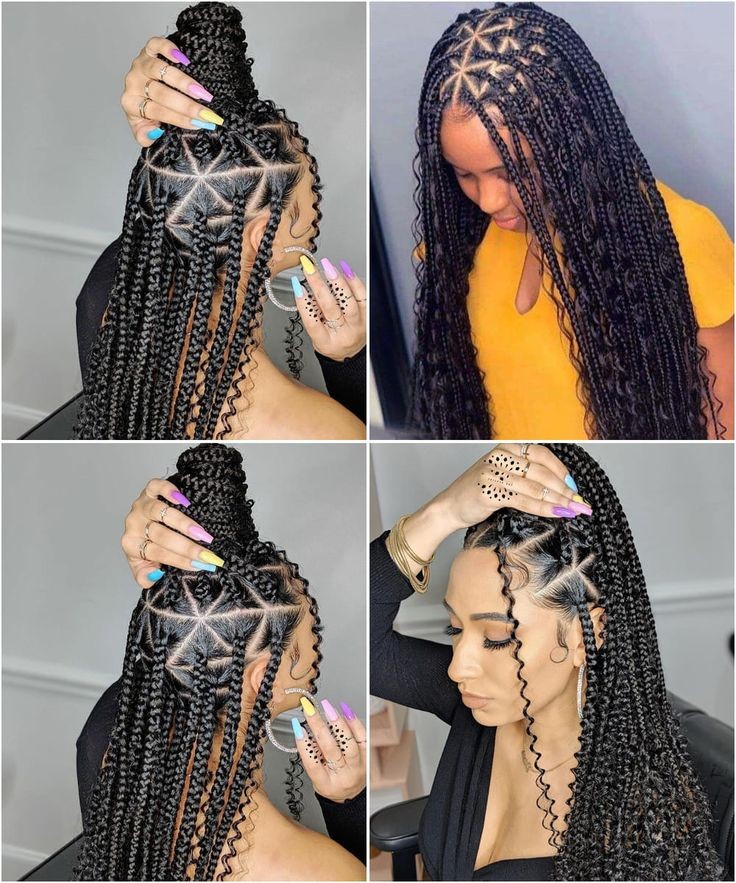

Knotless braids offer pain-free installation.
One of the most appealing aspects of knotless braids is the pain-free installation process. Unlike traditional box braids, knotless braids don’t require tight knots at the root, alleviating the discomfort that can come with tight pulling and tension. Instead, the stylist gradually adds extensions to the natural hair, resulting in a seamless and gentle transition.
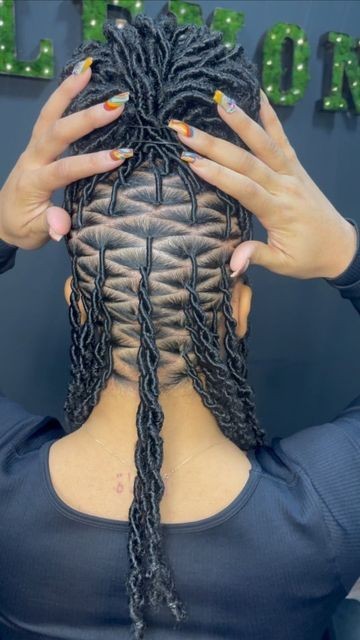

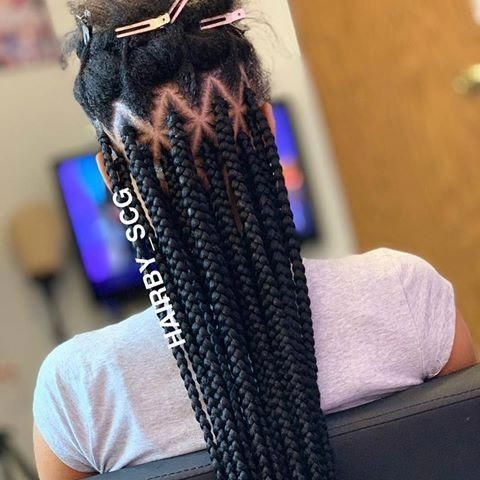

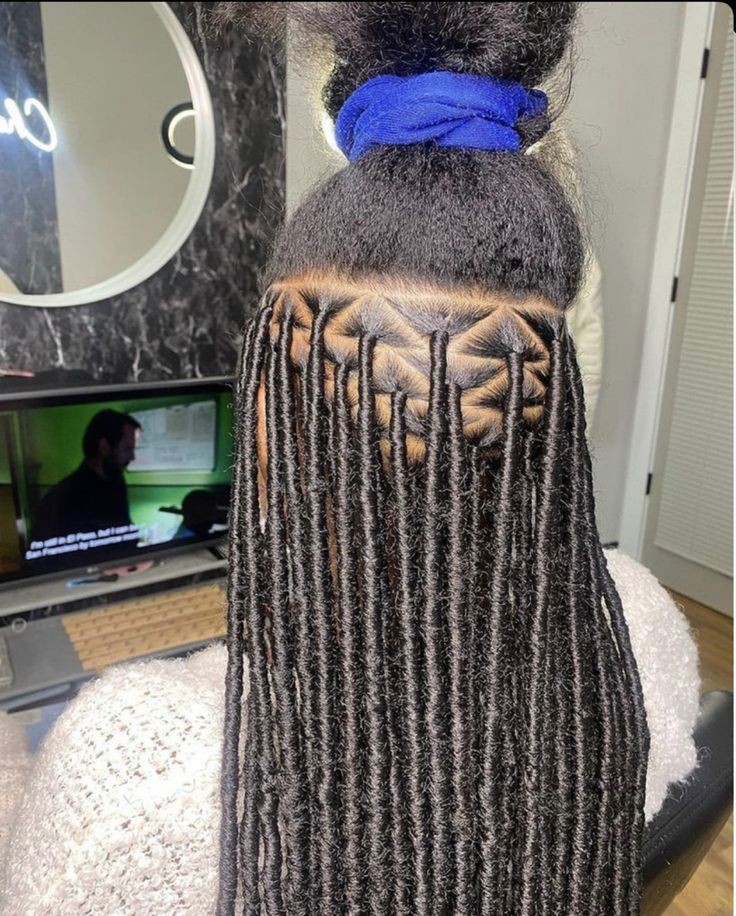

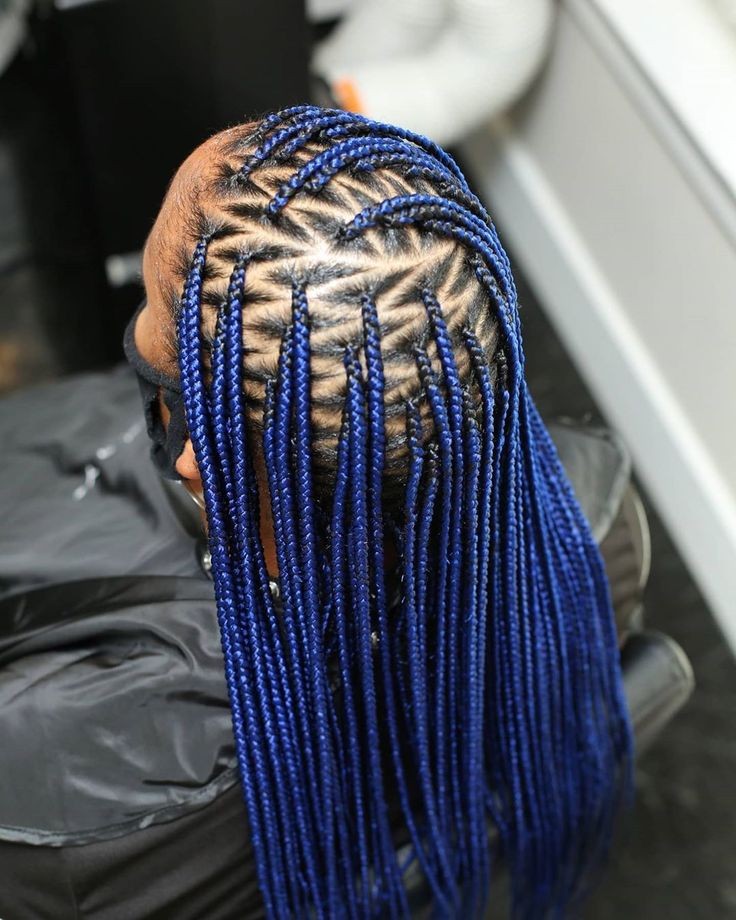

This not only reduces the risk of scalp irritation and hair breakage but also allows for a more comfortable and enjoyable braiding experience. The pain-free installation of knotless braids makes them a popular choice for individuals seeking a protective hairstyle without sacrificing their comfort.
Box braids can cause scalp damage.
Box braids, on the other hand, have been associated with potential scalp damage. The tightness and weight of the braids can put excessive tension on the hair follicles and scalp, leading to discomfort and even hair loss. The pulling and tight braiding technique used in box braids can also cause scalp irritation, itching, and inflammation.



Additionally, the use of heavy extensions in box braids can further exacerbate these issues, especially if they are not properly installed or maintained. It is important to be cautious and consider the potential risks before opting for box braids, and to ensure that the braids are not too tight and are properly cared for to minimize the chances of scalp damage.
Knotless braids have a seamless finish.
Knotless braids, in contrast, offer a seamless finish that is both visually appealing and gentle on the scalp. The technique involves braiding the hair without the use of knots at the base, creating a smoother and more natural-looking braid. This eliminates the pulling and tugging that can occur with traditional box braids, reducing the risk of scalp discomfort or damage.


The absence of knots also allows for easier installation and removal of the braids, making the styling process more convenient and less time-consuming. The seamless finish of knotless braids not only enhances the overall aesthetic but also promotes healthier hair growth by minimizing the tension on the scalp and reducing the likelihood of breakage.
Box braids require tighter tension.
When it comes to box braids, one notable characteristic is that they require tighter tension during the braiding process. This is due to the nature of the style, where sections of hair are divided and tightly woven together. The tighter tension helps to create defined and neat braids that can last for an extended period of time.








However, it’s important to note that this tighter tension can sometimes lead to increased strain on the scalp, which may result in discomfort or potential damage if not properly managed. It is crucial for braiders to maintain a balance between achieving the desired tightness of the braids and ensuring the overall comfort and health of the scalp. Taking breaks during the braiding process and incorporating proper hair care practices can help minimize any potential issues that may arise from the tighter tension required for box braids.
Knotless braids are more versatile.
In contrast, knotless braids offer a greater level of versatility compared to traditional box braids. With knotless braids, the braiding process starts with a small amount of natural hair and gradually incorporates extensions, resulting in a seamless and natural-looking style. This technique allows for more flexibility in terms of the size and length of the braids, making it easier to achieve various desired looks. Whether you prefer shorter, medium, or longer braids, knotless braids can be customized to suit your preferences.


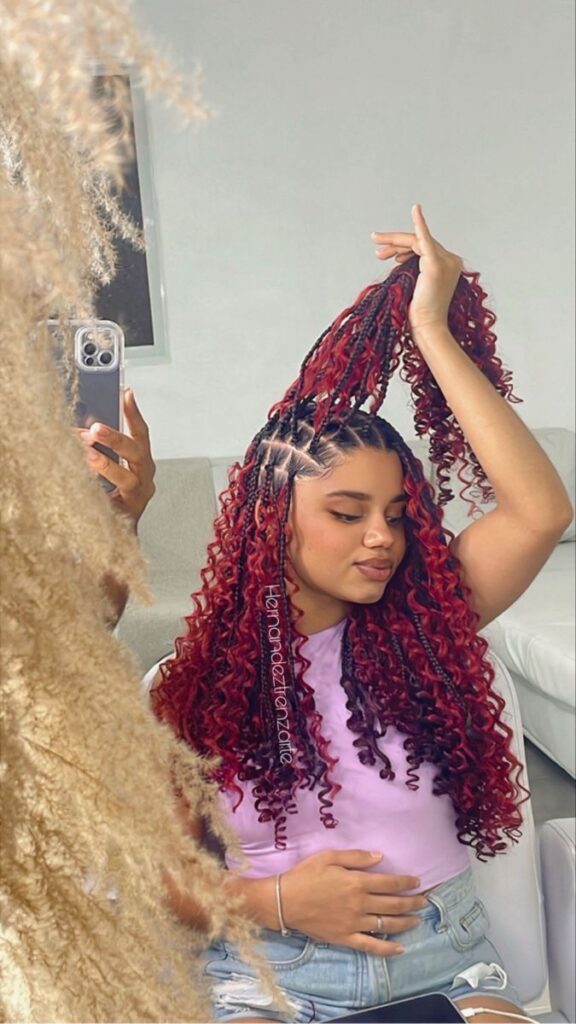

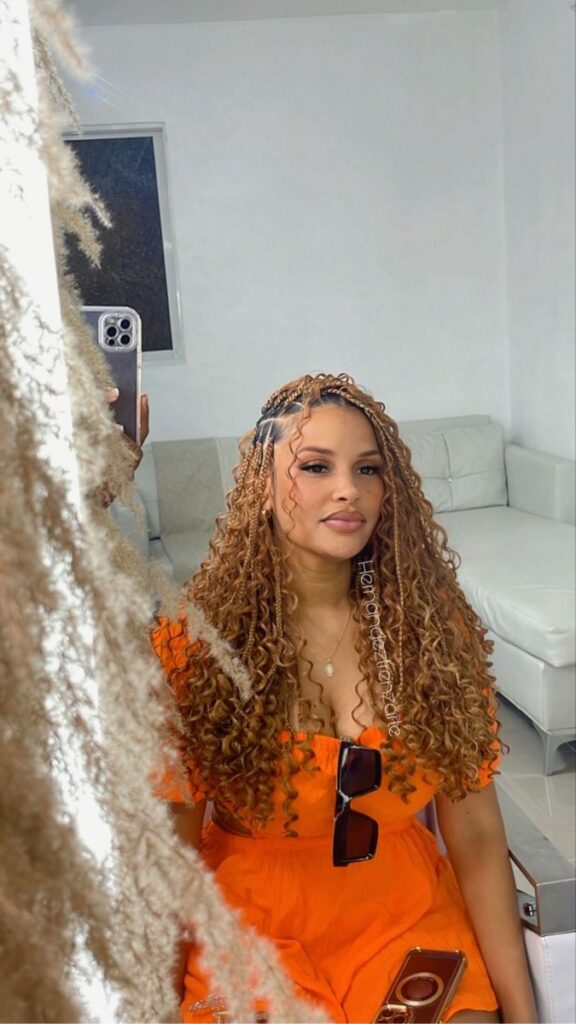

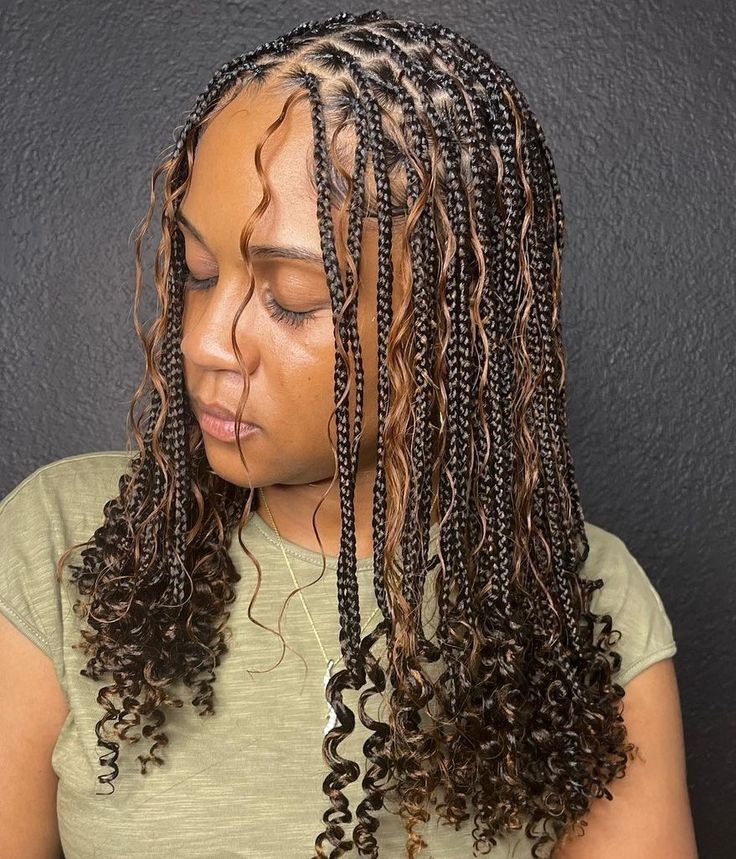

Additionally, the absence of knots at the base of the braids makes them appear more natural and effortless, enhancing the overall appearance of the hairstyle. Furthermore, the lighter tension used during the braiding process can reduce the strain on the scalp, promoting greater comfort and minimizing the risk of potential damage. Overall, the versatility of knotless braids makes them a popular choice for individuals seeking a flexible and stylish braided hairstyle.
Box braids have a longer installation.
Box braids, on the other hand, require a longer installation process compared to knotless braids. The intricate technique involved in creating box braids involves sectioning the hair and meticulously braiding each section from the roots to the ends. This meticulous process takes more time and patience, especially for individuals with thicker or longer hair.








The length of time required for installation can range from several hours to even a full day, depending on the desired size and length of the braids. While box braids may take longer to install, they offer their own unique benefits such as durability and the ability to retain styles for extended periods. It is important to consider the time commitment involved when choosing between knotless braids and box braids, as it can impact your overall hairstyle preferences and maintenance routine.
Knotless braids are great for protective styling.
Knotless braids have gained popularity in recent years and are highly favored for their ability to provide excellent protective styling. These braids are installed without the use of knots, which means that there is less tension and stress on the hair follicles. This reduces the risk of breakage and scalp discomfort that can sometimes be associated with traditional braiding methods.








Additionally, knotless braids offer a more seamless and natural look, as the absence of knots allows the braids to lay flatter against the scalp. This makes them a versatile option for various hairstyles and occasions. Whether you’re looking to protect your hair from damage or simply want a trendy and low-maintenance style, knotless braids are an excellent choice.
Box braids are more traditional.
Box braids, on the other hand, are more traditional in their approach. They have been around for centuries and have deep cultural roots in African and African-American communities. Box braids are characterized by their square or rectangular-shaped sections, which are created by dividing the hair into equal parts.


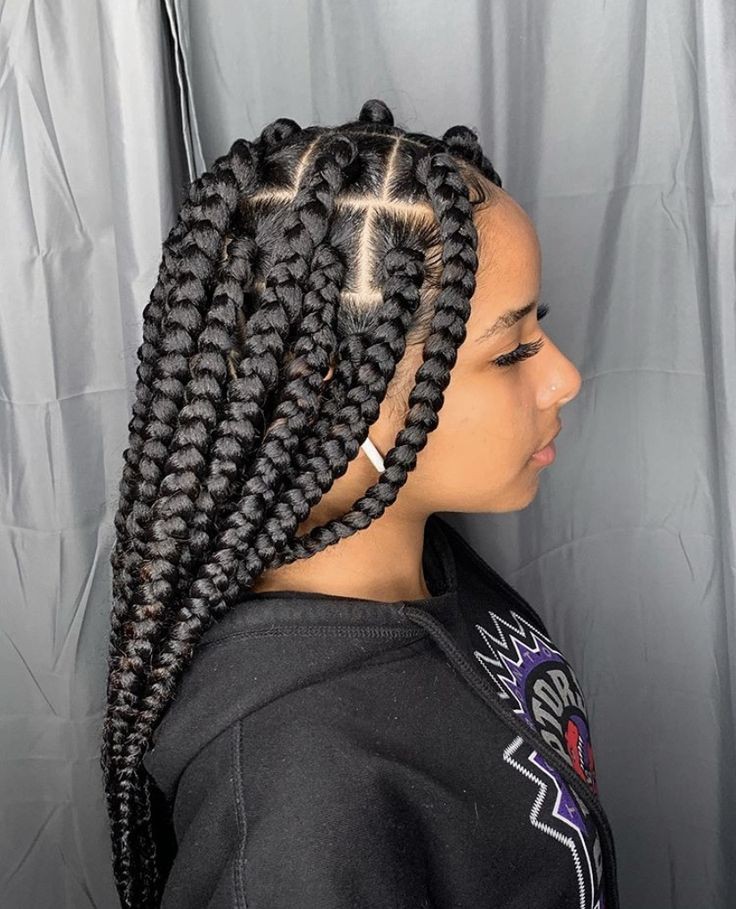

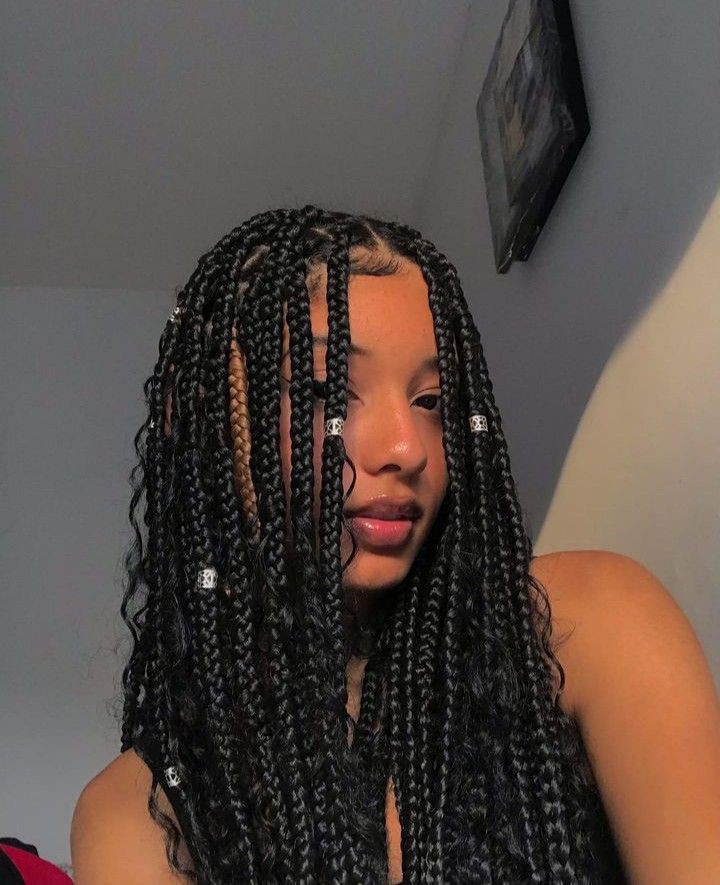

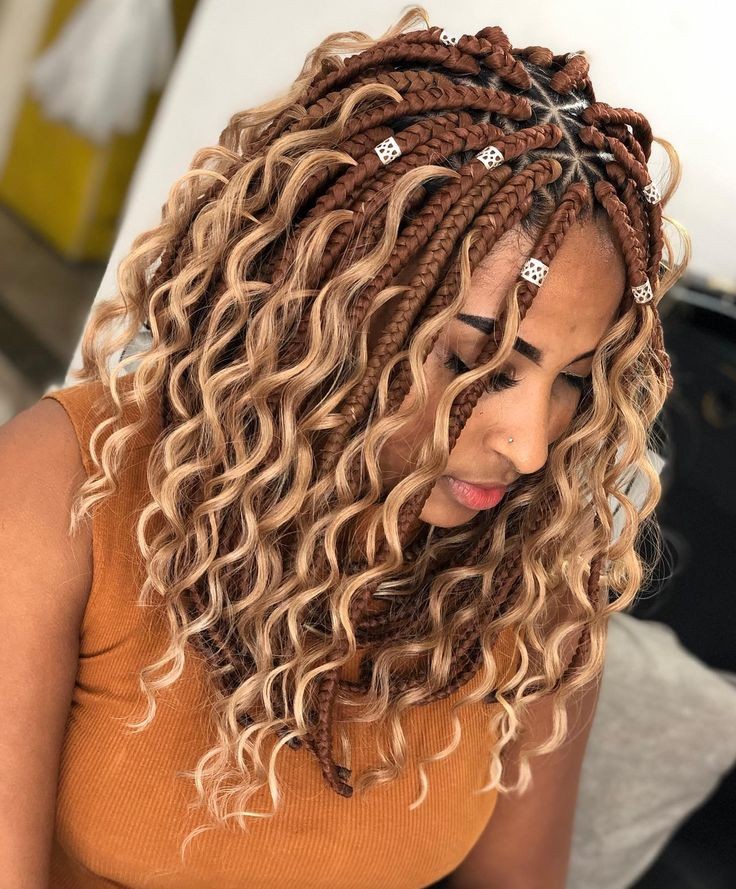

These braids are often thicker and more substantial in size compared to knotless braids. Due to their traditional nature, box braids are often seen as a symbol of cultural identity and pride. They can be styled in various ways, such as updos or hanging loose, making them a versatile choice for those who want to embrace their heritage while maintaining a fashionable look.
Knotless braids require less maintenance.
When it comes to maintenance, knotless braids offer a distinct advantage. Unlike box braids, knotless braids require less maintenance over time. This is because knotless braids are installed using a feed-in technique, where the extension hair is gradually added as the braid progresses. As a result, there are no visible knots or bumps at the base of the braid, making them significantly more comfortable and easier to manage.
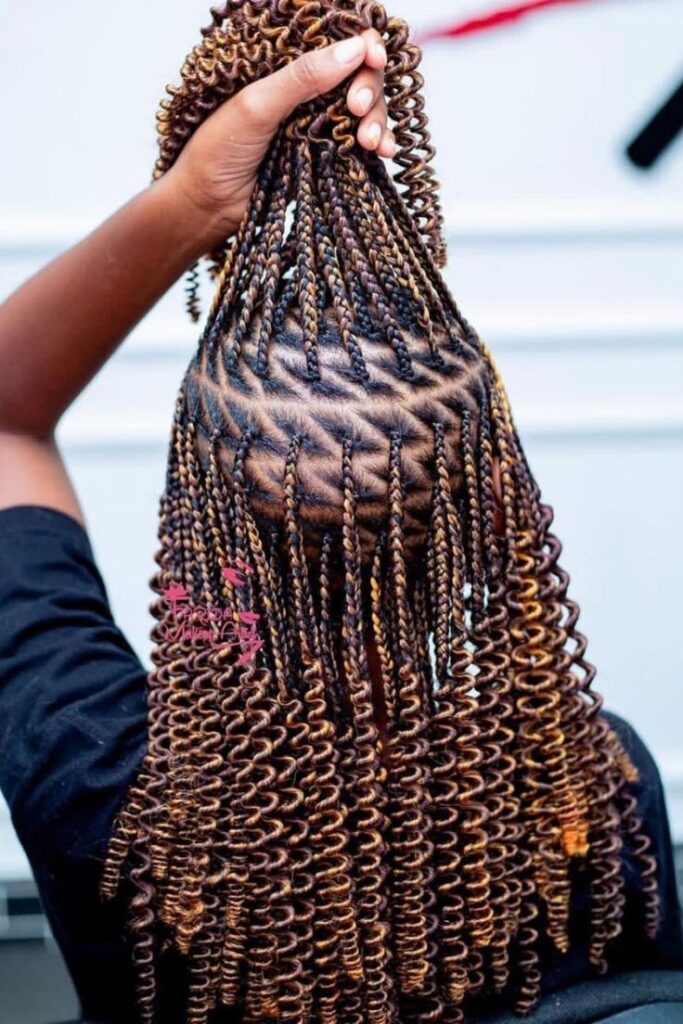

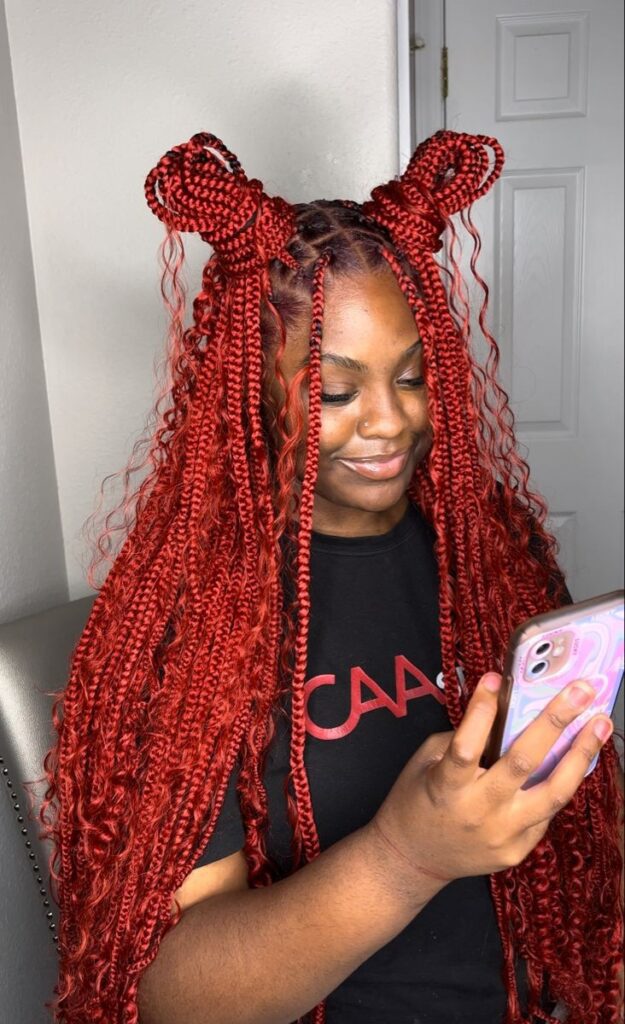





Additionally, the absence of knots means that knotless braids are less likely to cause tension or damage to the natural hair, reducing the risk of breakage and promoting healthier hair growth. With knotless braids, you can enjoy the benefits of a stylish and low-maintenance hairstyle without compromising on your hair’s health.
Box braids have a thicker appearance.
Box braids, on the other hand, have a thicker appearance compared to knotless braids. The distinctive square-shaped sections create a more voluminous and fuller look. The thickness of box braids can vary depending on the size of the sections and the amount of extension hair used. This thicker appearance not only adds a bold and statement-making element to your hairstyle but also gives the illusion of more volume and density.








Box braids are popular for their ability to provide a striking and eye-catching look, making them a go-to choice for individuals seeking a bolder and more impactful hairstyle. Whether you prefer a sleek and polished aesthetic or a more textured and voluminous style, box braids offer a versatile option that can be tailored to your desired look.
The Complete Guide to Washing Knotless Braids
To wash knotless braids, dilute shampoo, apply to the scalp with a gentle massage, and let the suds rinse through braids. Rinse thoroughly, pat dry, and follow with a leave-in conditioner. Avoid excessive manipulation to maintain the integrity of the style








Knotless care tips for beginners hairstyles
Dilute shampoo for gentle cleansing, minimize tugging, and use a leave-in conditioner to keep knotless braids moisturized. Protect them at night with a satin or silk scarf and regularly check the scalp for comfort. Limit heat styling for optimal longevity.
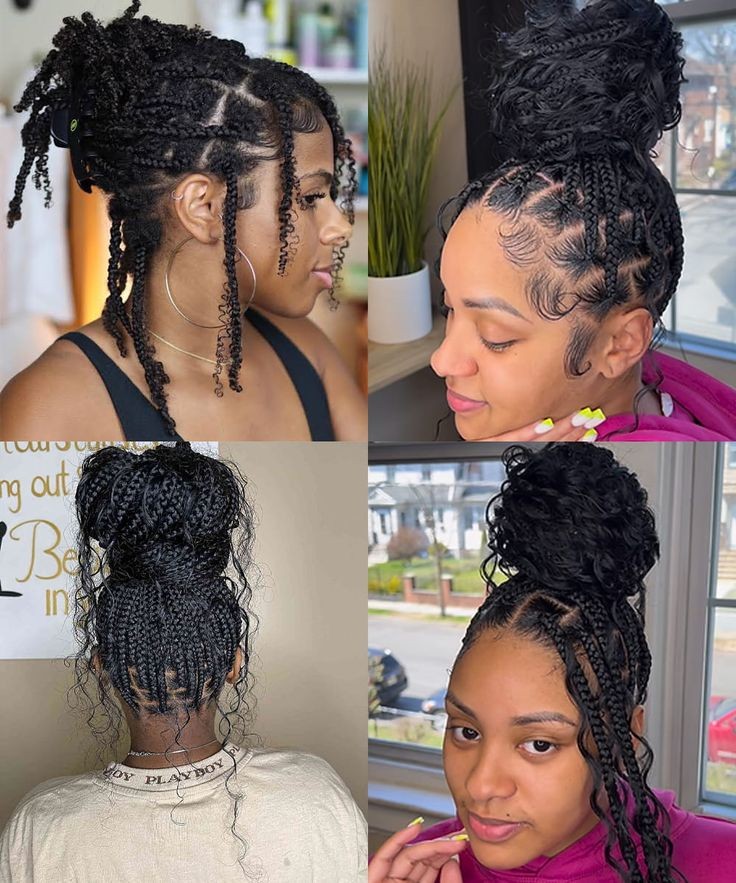

Keeping Your Knotless Braids Moisturized
Keep knotless braids moisturized by applying a leave-in conditioner regularly. Focus on the braids and scalp, avoiding excessive product buildup. Use a light, non-greasy formula to maintain a balanced level of moisture and prevent dryness.


Click Here To Buy Hair Moisturizer
Knotless Braids Tutorial
To achieve knotless braids, start by sectioning your hair meticulously for a well-organized braiding process. Begin braiding near the nape of your neck, taking small sections and incorporating hair gradually to achieve a knotless appearance.


Maintain consistent tension throughout the braiding process for a neat and natural result. Continue this method, adjusting tension and incorporating hair until all sections are braided. Secure the ends either with small elastics or by heat sealing for a polished finish. Once completed, you have the flexibility to style your knotless braids in various ways.
Must-Have Hair Accessories for Knotless Braids
Essential accessories for knotless braids include small elastics for securing ends, a rat-tail comb for parting, and a gentle hair tie or scarf for nighttime protection. A lightweight leave-in conditioner is also beneficial for maintaining moisture and preventing dryness.


Click Here To Buy Hair Accessories
Best waterfall braid products for black hair
For the best waterfall braid on black hair, use a quality moisturizing shampoo and conditioner to keep hair hydrated. Add a lightweight styling cream or oil for smoothness, and consider edge control for a polished finish. Use hair ties that match your hair color for a seamless look.


After examining the differences between knotless braids and box braids, it’s clear that both styles have their own unique benefits. While knotless braids offer a more natural and longer-lasting look, box braids are versatile and can be styled in various ways. Ultimately, the decision between the two styles comes down to personal preference and hair type. No matter which option you choose, both knotless and box braids are beautiful and protective styles that can help promote healthy hair. It’s important to consult with a professional stylist to determine which style is best for you and to properly care for your braids to maintain their integrity. Whichever braiding style you choose, embrace your unique beauty and rock your braids with confidence.

